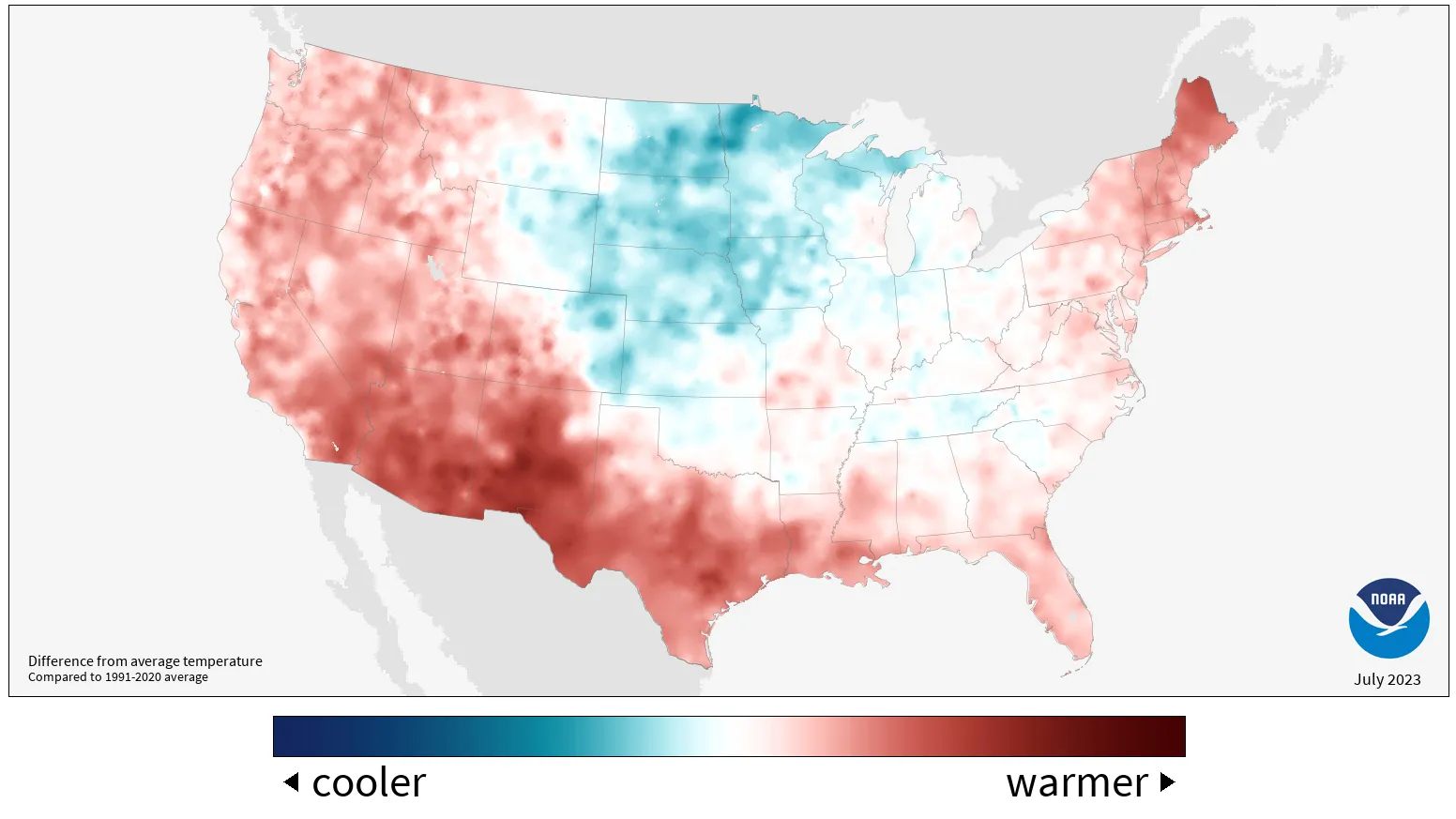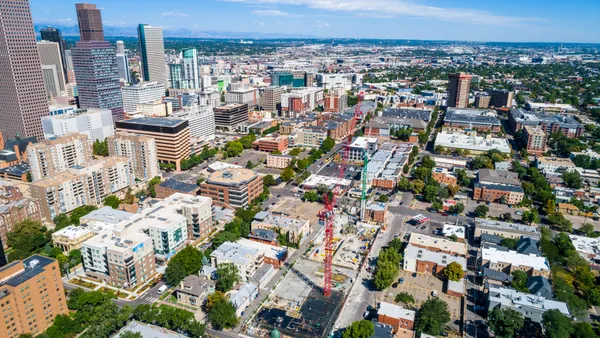With Memorial Day marking the traditional start of summer, the longer days can help contractors deliver projects more quickly than during winter months.
At the same time, summer days bring intense heat in many parts of the country — so hot that it risks the health of outdoor workers. The safety of laborers in hot climates has garnered national attention in recent years, especially as research indicates that air temperatures are increasing around the globe and will continue to rise.
In many parts of the world, last summer was the hottest in 2,000 years, according to NASA. Miami broke its record for the city’s hottest July ever recorded. Temperatures hit over 100 degrees 70 times in El Paso, Texas. Phoenix hit 110 degrees 54 times.
For outdoor workers in some states, this summer will also be the first with new rules — and in some cases, new prohibitions against mandates — when it comes to water breaks. Texas and Florida have passed laws to stop municipalities within their borders from requiring employers to provide water breaks to workers.
In Florida, Gov. Ron DeSantis signed House Bill 433, which will prevent cities and counties in the state from enacting their own heat safety regulations, starting in July.
The Texas law, dubbed “The Death Star Bill” by opponents, is currently in effect, though some cities, such as Houston and San Antonio, have sued over the legislation.
Much of the US saw higher-than-average temperatures last summer

These laws don’t preclude employers from providing their employees with breaks — they merely say the local governments cannot require it.
On the other hand, one municipality recently passed legislation designed to better protect workers in the heat. In March, the Phoenix City Council unanimously voted to adopt an ordinance requiring companies working on city contracts — even subcontractors — to have a heat safety plan on the record. The plans must include:
- The availability of free, cool drinking water.
- The ability to take regular, necessary breaks.
- Access to shade or air conditioning.
- Acclimatization practices.
- Training on heat illness and injury.
The argument for states stopping counties and cities from mandating breaks is to prevent companies from having to work within varied regulations, as in having one jobsite in an area that requires breaks and another free from such requirements.
“I empathize with that [argument], but these requirements are very basic. They’re not strenuous, they’re not overly burdensome,” Florida State Rep. Anna Eskamani, a Democrat, told Construction Dive around the time of House Bill 433’s passing. She added that companies operating across a broad region often have the resources to track the varied rules.
Opponents of the no-mandate laws, such as the American Civil Liberties Union, say they prevent safeguards for workers, making it easier for employers to deny their employees breaks and other protections.
Protecting workers
As some cities and states enact legislation around worker heat protections, OSHA has begun to develop federal guidance.
Although the agency has developed specific standards for dangers such as falls, trench excavation, steel erection and handling volatile substances, it has no defining ruleset for protecting workers from the heat.
OSHA is developing a heat safety standard, and in April, it cleared a hurdle in the rulemaking process. OSHA’s head has indicated it is a priority.
“We are working diligently on getting out a proposed rule,” Doug Parker, assistant secretary of labor for occupational safety and health, told Construction Dive at a construction safety event earlier this month.
When it comes to maintaining a safe jobsite, the Occupational Safety and Health Act of 1970 requires employers to abate hazards, tasking them with creating a workplace free from “recognized hazards that are causing or are likely to cause death or serious physical harm.”
In 2022, the agency launched a national emphasis program, through which it educates and emphasizes the major three abatements to extreme heat: water, rest and shade.
Enforcement is a different story. OSHA does not view itself as a punitive enforcer, and Parker has said the best method to curb hazards in the industry is not by writing citations, but partnering with leaders in the industry to raise awareness and embed safety in the culture.
Still, OSHA can only cite employers who fail to protect workers from extreme heat under its general duties clause, a 5(a)(1) citation. Such violations cannot be used to make a repeat citation, which would raise fine amounts for subsequent failures to adhere to OSHA’s guidelines.
Tips to beat the heat
Despite a lack of nationwide rules, most contractors follow their own set of commonsense practices to keep workers safe during summer. Still, OSHA has suggestions.
The agency says there are basic things that can be done to make sure workers don’t fall ill.
For instance, nearly three quarters of heat-related injuries happen within the first week of working in the heat, according to OSHA, indicating employers should help workers ease into the season. Taking the time to acclimate to the heat can help workers adjust.

The agency’s advice for acclimatization includes:
- Scheduling workers for shorter shifts in the heat with more breaks.
- Training workers on heat stress and its symptoms.
- Monitoring new workers for those systems.
- Using a buddy system.
- Allowing workers new to heat to stop working when they experience symptoms.
Safety officials also say workers should drink one cup of cool water every 20 minutes, even if they are not thirsty. Additionally, the agency recommends dressing in breathable clothes, monitoring workers for signs of heat illness and taking frequent breaks in the shade.
“This is a responsibility of everyone to take a values-driven approach to health and safety and embed it in the culture of their work, from the top of the organization to the bottom,” Parker told Construction Dive.






















